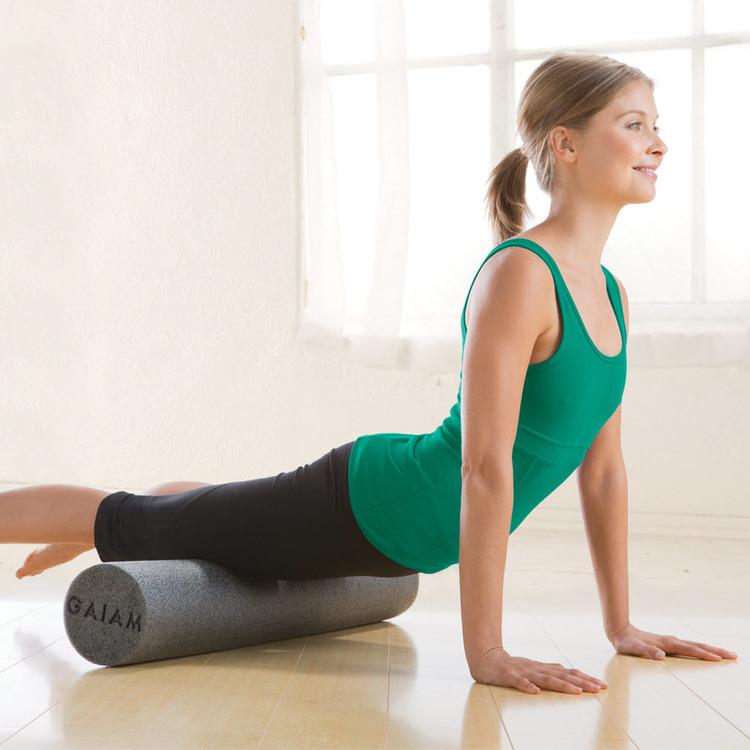
The Truth about Foam Rolling

Used abundantly by gym goers and athletes alike, foam rolling has arguably become the most popular form of self manual therapy. This technique is often used with goals to improve range of motion, flexibility, and performance. However, the literature on its effectiveness is still young even though it is widely included as a staple for many training programs.
Foam rolling is a type of myofascial release therapy intended to directly reduce localized muscle tightness that contributes to restrictions in range of motion and localized blood flow. Current literature theorizes that these changes occur by stimulating special receptors. These arecalled mechanoreceptors, that detect pressure changes in muscle tissue. When compressed, these mechanoreceptors send this information back to the central nervous system to alter the muscle’s activity. But, does it work?
Foam Rolling and Flexibility —
In the past few years, much of the literature on foam rolling has investigated its effects on flexibility. While researchers have found this technique can improve flexibility, these changes are short lived, lasting up to but no more than 10 minutes. In a single session, it appears there is no further gains in flexibility if repetitions are held for more 30 seconds. Current recommendations suggest 3-5 sets of 20-30 second repetitions performed 3-5 times per week to see consistent benefits.
Foam Rolling and Performance—
Classically, static stretching has been a keystone to many warm up regimens. In recent years, researchers have discovered that this form of stretching can reduce muscle force production, running speed, reaction time, and power output. These findings have led many to look for alternative pre-workout routines. While the research is still young, multiple studies have shown foam rolling to have no negative impacts on athletic performance. In fact, one study has even concluded foam rolling can improve power, agility, and speed when incorporated into a dynamic warm up.
Foam Rolling and Recovery—
Foam rolling is also widely used to try to speed up recovery and reduce the effects of delayed onset muscle soreness (DOMS). While researched has agreed that foam rolling can reduce the sensation of DOMS, little is confirmed about the mechanism for reducing the pain or if it helps to speed up the muscle physiological recovery. Nonetheless, foam rolling may be a useful technique for athletes to ease aches and muscle soreness during strenuous training periods.
If you would like to learn more before coming into Quincy Physical Therapy, give us a call at 617-481-2000 and ask to speak to a therapist regarding your symptoms or condition. You can also schedule a discovery session to learn more in person as well without committing to starting therapy.
Follow Quincy Physical Therapy on Facebook, LinkedIn, and Instagram!

